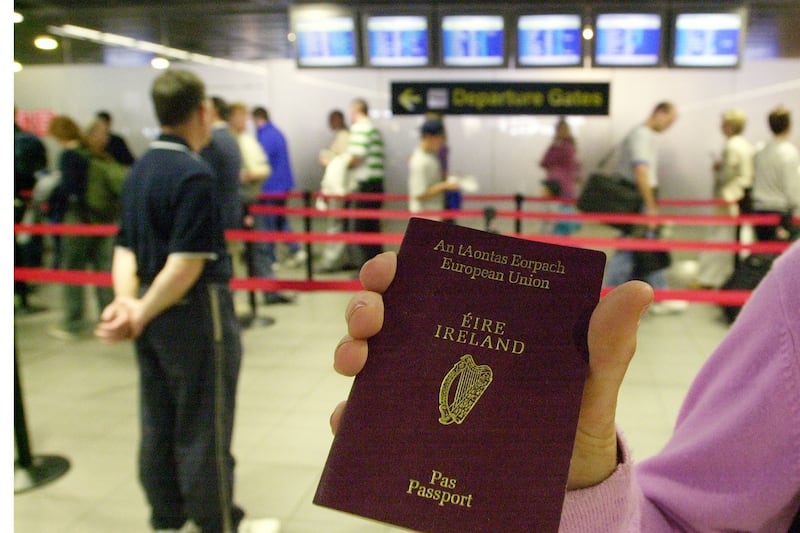The names of so many of the giants of the tech world trip off the tongue: Steve Jobs, Bill Gates, Mark Zuckerberg . . . But who exactly is Jaap Haartsen, a man who will join Henry Ford, Thomas Edison and the Wright Brothers next month in the US National Inventors Hall of Fame?
Not many people know this, it seems, even in his own country, the Netherlands, but Dr Jacobus Cornelis Haartsen – or "Jaap" to his friends and colleagues – is the inventor of Bluetooth, the wireless networking system used by millions of people and billions of devices every day.
Haartsen was working with mobile phone makers Ericsson in Sweden in 1994 when his eureka moment came. Yet his creation turned out to be so unforeseeably revolutionary that it is being recognised 20 years later for nothing less than the "enormous impact it has had on society".
For the non-technical among us, the beauty of Bluetooth is that, like all the best technology, it functions quietly in the background without us knowing it’s there – or, better still, without us having, or needing to have, the vaguest idea of how it works.
Essentially, though, it allows users to connect wirelessly to their various devices and control them remotely. It allows you to connect your smartphone to wireless speakers, to send music from the phone to the speakers, and to use your phone to adjust volume remotely, for example.
Suke Jawanda, chief marketing officer at Bluetooth SIG, says: "The role of the technology is evolving not only to allow devices to talk to one another, but actually to allow seamless communication between devices, local applications, and the cloud."
To that extent, it’s really no overstatement to say that Bluetooth is one of the core technologies enabling the Internet of Things – the world of connected devices and the business data and insight those devices generate – to become a reality.
It’s because of that strategic importance that Bluetooth standards and the licensing of new Bluetooth technologies and trademarks are overseen by the not-for-profit Bluetooth Special Interest Group (SIG), based in the US, which, to avoid conflicts of interest, is not involved in making or selling Bluetooth-enabled products.
That commercial cordon sanitaire would certainly appeal to Haartsen (52). Born in The Hague and a graduate of the world-renowned Delft University of Technology, where he was awarded his PhD in 1990, he has always been unassuming, focused on his work rather than on any personal recognition it might bring.
Patent
Although he was working with Ericsson at the time, the patent for Bluetooth is in Haartsen’s own name. It was patent number 6,590,928, for “frequency hopping piconets in an unco-ordinated wireless multi-user system”, otherwise known as “Bluetooth wireless technology”.
Before moving to Ericsson in Sweden, Haartsen worked with Dutch electronics giant Philips in Eindhoven and with German conglomerate Siemens in The Hague.
He returned to the Netherlands with Ericsson in 1997, to its plant in Emmen, in the north of the country. He's now a wireless expert with US headset developer and manufacturer Plantronics, which counts Nasa among its clients, and also works as a professor of electronics at the University of Twente.
Given his time in the technology sector in his native country, what’s surprising is that Haartsen says he believes that if he had been working in the Netherlands at the time of his Bluetooth breakthrough, it would probably never have happened.
“In the Netherlands, there’s very little culture of risk-taking,” he says in an interview with a Dutch newspaper. “Certainly, as an individual, you’d have to put your house up as security if you wanted to take a risk on a project like that with your own company.”
As to the future of Bluetooth, potentially its toughest competition today is coming from NFC (near field communication) and Wi-Fi Direct (which allows devices to connect without a wireless access point). It’s no longer the only tool in the wireless toolbox, but it’s still arguably ahead of the pack in an ever-changing industry.
“Certainly, if you want to connect your device to a few things, you can use Bluetooth or other proprietary or niche technologies to do so,” says Suke Jawanda. “But if you want to connect to a few billion devices your customers already have in the palms of their hands, then Bluetooth and Bluetooth Smart is still the technology.”
As to Jaap Haartsen, his induction into the Hall of Fame, he says, makes him proud. On the other hand, he adds: “I’ve always liked to keep a little perspective. That’s important too.”




















